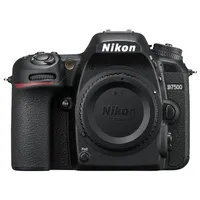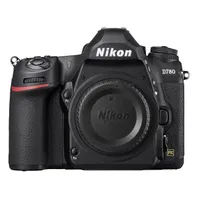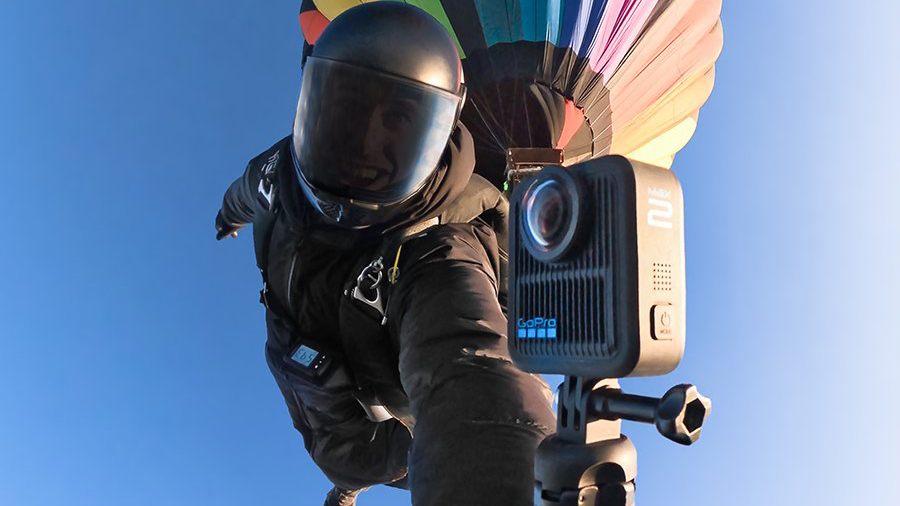These Nikon DSLRs are impressively cheap – but are they even worth buying in a mirrorless era?
The Nikon D780 and D7500 currently have steep discounts right now – but so do a few Nikon mirrorless cameras
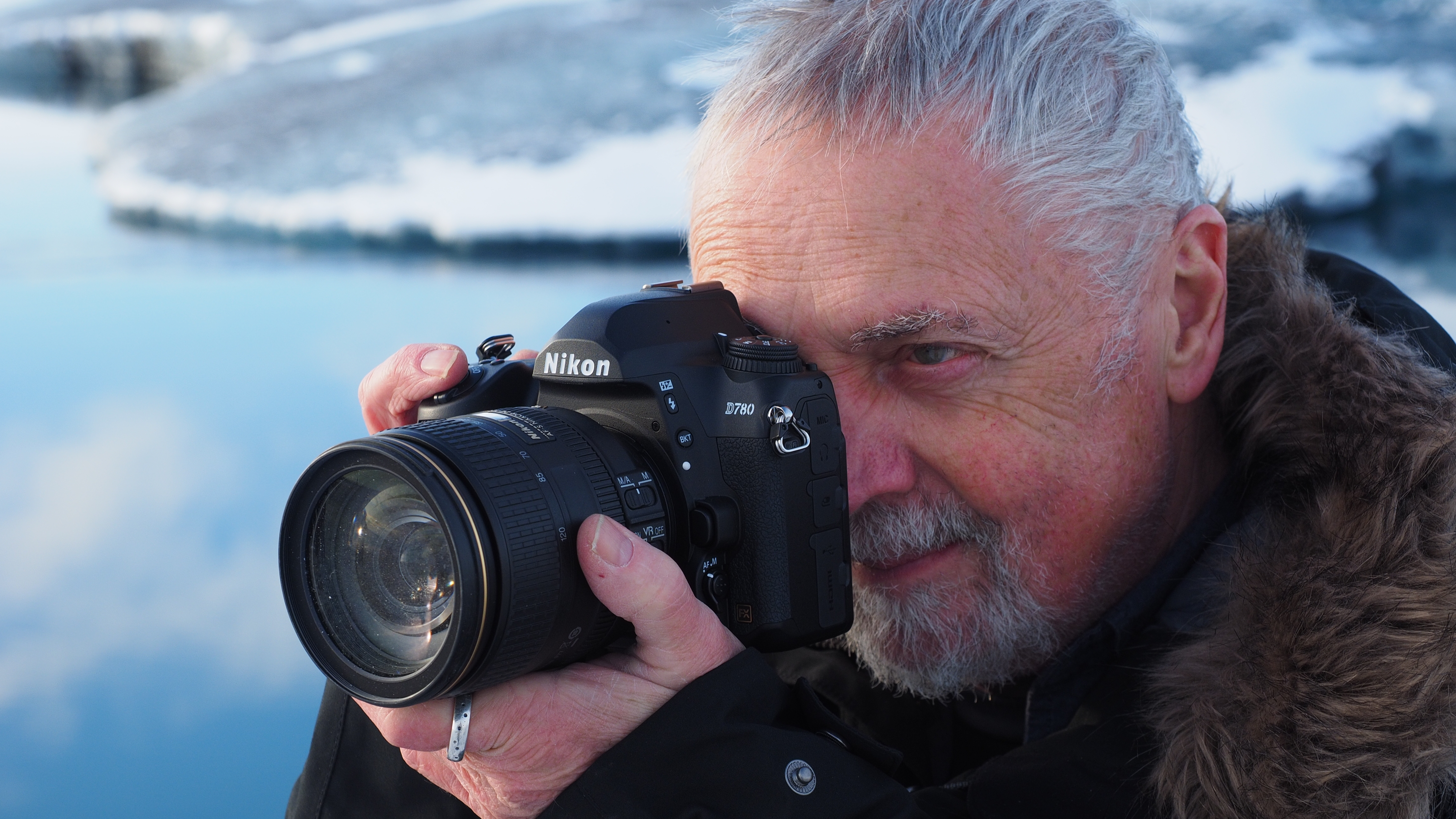
Mirrorless cameras have outpaced DSLRs – but the older, larger technology typically has a key advantage: price. Several Nikon DSLRs, for example, are heavily discounted right now, with the Nikon D7500 selling for under $700 and the newer full-frame D780 dropping to under $1,400 in the US. But while those sales drop several hundred dollars of the cost, Nikon has mirrorless cameras available for a similar price point. Are options like the Nikon D780 and D7500 even worth considering in the mirrorless era?
The most important factor to consider for any photographer eyeing a DSLR right now is that many major camera brands are no longer making them, with Pentax being the biggest exception. Nikon’s DSLRs use a different lens mount than the mirrorless cameras, and while adapters are readily available, some of the advantages of using a mirrorless come from the newer lenses.
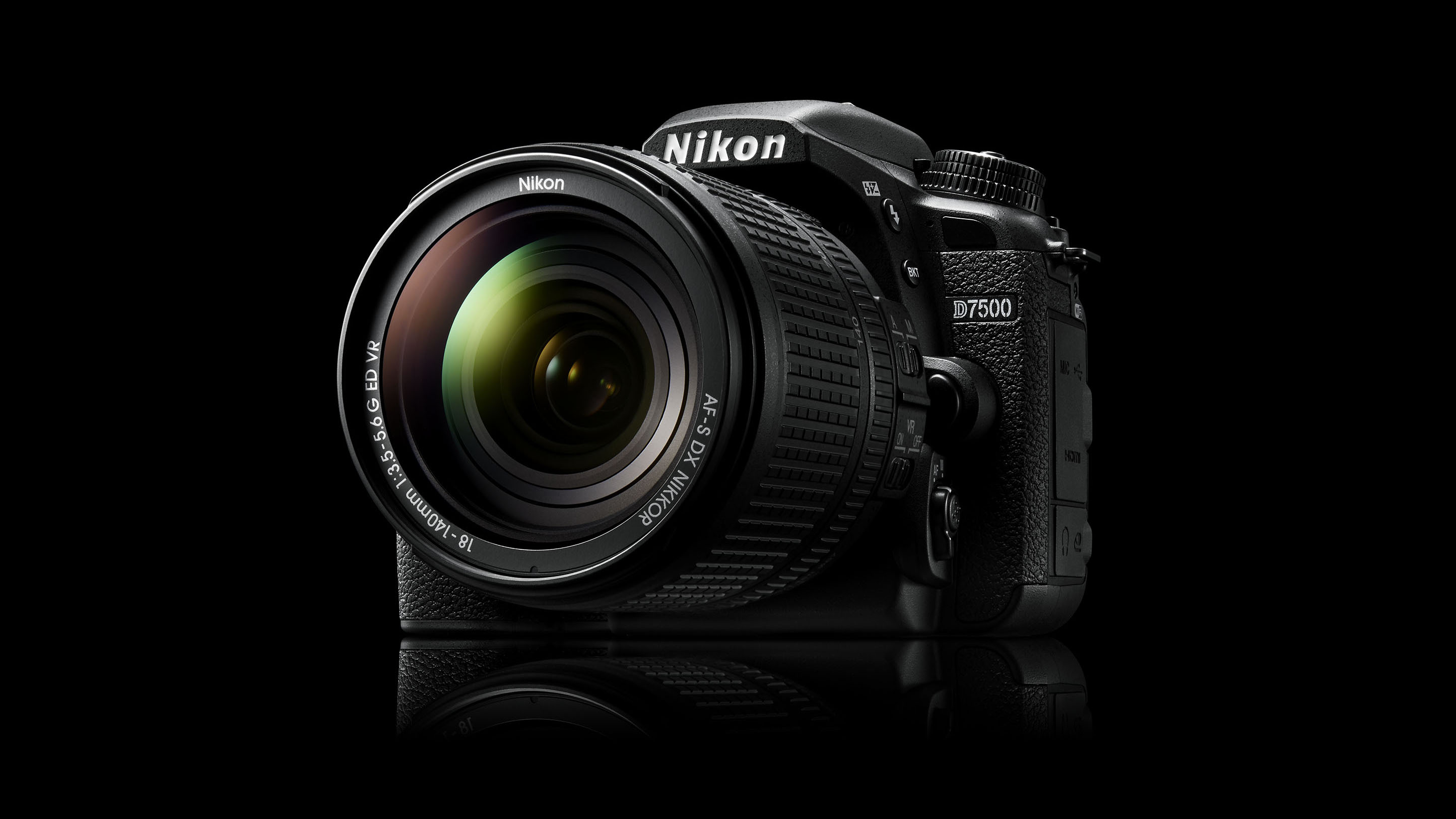
That, together, means that photographers who pick up a DSLR today may not have a recent DSLR model to upgrade to years down the road and that any DSLR lenses invested in now may have a shorter lifespan than an investment in mirrorless lenses. My own journey switching from DSLR to mirrorless was prompted by wanting a new lens and not wanting to buy a lens that I would end up trading in in a few years.
Mirrorless cameras are a better long-term investment – and contain the newest technology. But as someone who uses both digital mirrorless cameras and a film camera from the 1970s, I would be lying if I said great images only come from new cameras. This is particularly true at a time when retro-looking images are trendy.
The Nikon D7500 is currently discounted to under $700 in the US for the body only. That’s a fairly affordable price point for a 20.9MP APS-C camera that can keep up with some action with 8 fps bursts.
The Nikon D7500 comes in at under $700 in this deal, or under $800 with a kit lens. While DSLRs are outpaced by mirrorless cameras, the Nikon D7500 has a price advantage, as well as a longer battery life.
My biggest hesitation, however, comes with the fact that it’s possible to find a Nikon mirrorless camera for a similar price. The Nikon Z30 with a kit lens is actually less right now at $596. The Z30 isn’t the best camera to compare to the D7500, however, as it lacks a viewfinder, but it also boasts several vlogging features and eye-detection autofocus. The Nikon Z50, which is under $900 with a lens right now, or the newer Nikon Z50 II, about $1,047 with a lens, are more direct comparisons with the D7500.
Reading the list of differences between the D7500 and Nikon’s Z50 series reads almost like a breakdown of the benefits of a mirrorless vs. DSLR: The mirrorless cameras have smarter autofocus, smaller bodies, and more video features. As budget cameras, however, neither the D7500 nor the Nikon Z50 II has image stabilization built into the body.
The best camera deals, reviews, product advice, and unmissable photography news, direct to your inbox!
The D7500 does maintain a few perks: namely, a far longer battery life that’s rated at 950 shots compared to the Z50 II’s 250-shot rating. The DSLR also has a chunkier grip – some prefer the larger body style with others would rather have a smaller overall system. Finally, the DSLR has an optical viewfinder that doesn’t require battery and is easy to see through even in limited light. But the mirrorless cameras have an electronic feature that allows beginners to see exposure settings live as they shoot.
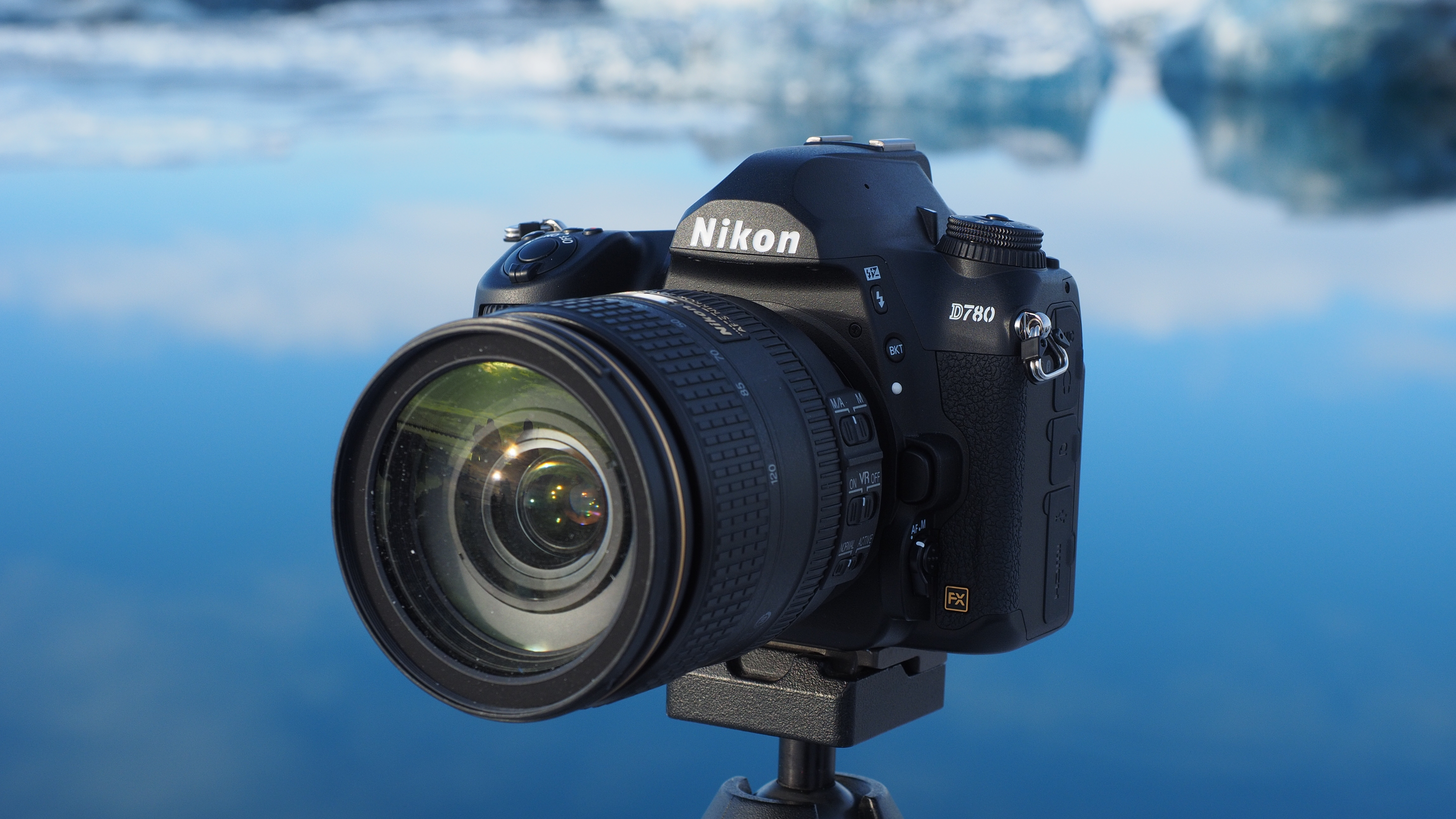
The Nikon D780 is the full-frame DSLR that narrows the gap between mirrorless and DSLRs. That’s because the D780 uses a traditional DSLR autofocus through the viewfinder, but has some of the perks of a mirrorless autofocus system when using the rear LCD screen to shoot with.
The D780 is the same price as the Nikon Z6 II right now; however, the mirrorless camera offers a stabilized body, faster bursts, more video features, and better low-light autofocusing. The Nikon D780’s biggest advantage is an impressive 2,260-shot battery life. (The Nikon Z6 II has now been replaced with the Nikon Z6 III, but the older model comes in at a lower price.)
Or, the Nikon Z5 II sells for another $300 more than the D780 and comes with exceptional low-light autofocus and 30 fps burst shots.
The Nikon D780 is a DSLR that borrows some mirrorless autofocus tech when using the LCD screen. The DSLR is discounted down to under $1,400 at multiple retailers but comes with free accessories at Adorama.
I sold my DSLR for a mirrorless camera and haven’t looked back. Mirrorless cameras have the latest technology, and features like eye-detection autofocus and electronic viewfinders also tend to make mirrorless cameras easier to use for beginners. While I do think mirrorless cameras and their lenses are a better long-term investment, photographers shouldn’t feel pressured to upgrade to the latest technology, particularly those who love the optical viewfinder, longer battery life, and larger system.
This is especially true for longtime Nikon fans who already own a slew of DSLR lenses, photographers on a budget, and creatives who are going to edit their work towards a retro style anyway. After all, why get the latest technology to make the photos look like they were taken with an older camera?
B&H lists an end date of June 1 for the current price drops on both the Nikon DSLRs and mirrorless cameras.
You may also like
Browse the best DSLRs or the best Nikon cameras.

With more than a decade of experience writing about cameras and technology, Hillary K. Grigonis leads the US coverage for Digital Camera World. Her work has appeared in Business Insider, Digital Trends, Pocket-lint, Rangefinder, The Phoblographer, and more. Her wedding and portrait photography favors a journalistic style. She’s a former Nikon shooter and a current Fujifilm user, but has tested a wide range of cameras and lenses across multiple brands. Hillary is also a licensed drone pilot.
You must confirm your public display name before commenting
Please logout and then login again, you will then be prompted to enter your display name.
